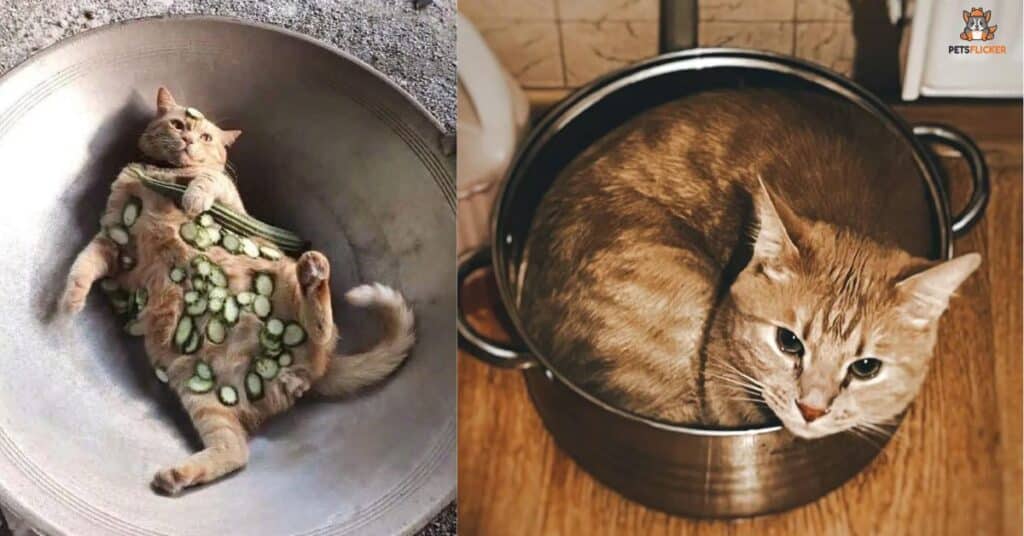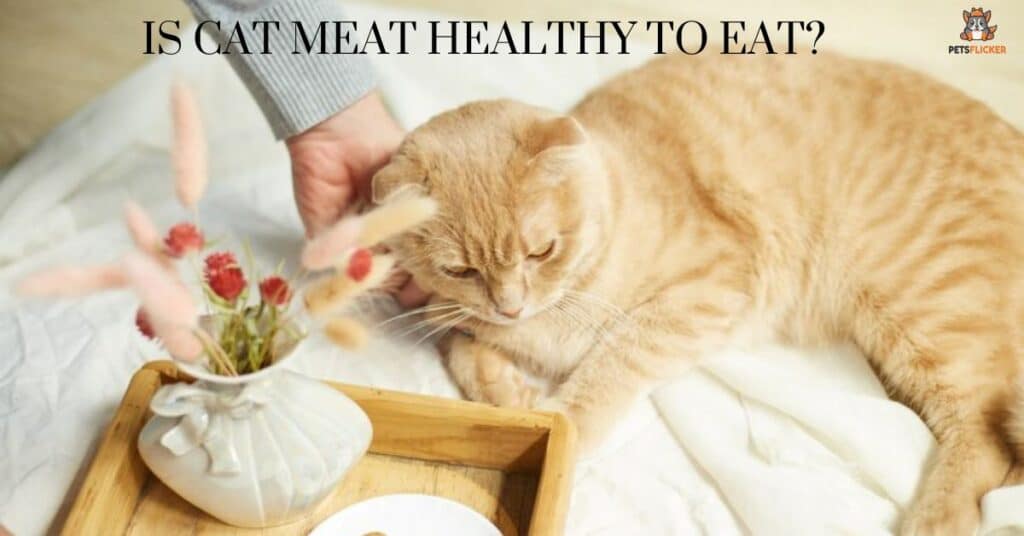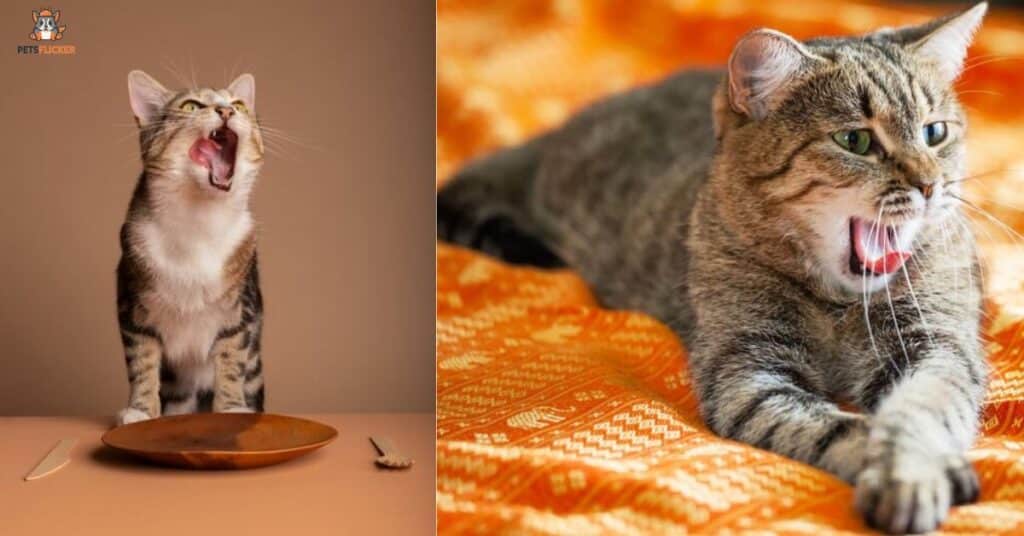Cats are sometimes consumed as food in certain countries, with their meat described as having a slightly sour taste and a texture similar to pork or goat. Opinions on the taste of cat meat vary widely among individuals who have tried it.
When cooked, cat meat has a unique flavor profile, often described as slightly sour with a hint of sweetness. Its texture is comparable to pork or goat meat, rather than chicken, and it may contain small, transparent fish-like bones.
Opinions on the taste of cat meat vary widely among individuals, influenced by cultural factors, personal preferences, and ethical considerations. Some people enjoy the taste and believe it has health benefits, others find the idea of consuming cat meat controversial due to the emotional attachment many people have to cats as pets.
The Taste of Cat Meat
Cat meat has a distinct flavor characterized by a slightly sour aftertaste and tender texture, often likened to pork or goat meat rather than chicken. Some people find it sweeter than other meats and note the presence of small, transparent fish-like bones when cooked.
Opinions on the taste of cat meat vary widely depending on cultural background and personal preferences. Some individuals enjoy its unique flavor and consider it a delicacy; others find the idea of consuming cat meat controversial due to ethical concerns and emotional attachment to cats as pets.
It’s important to approach discussions about cat meat taste with sensitivity, considering differing perspectives and cultural practices. Ultimately, taste experiences are subjective, and what one person finds enjoyable may not be the same for others.
What is Cat Meat Called?

Cat meat is simply referred to as “cat meat” or “cat flesh.” In some regions like Vietnam, it may be euphemistically called “little tiger” on menus instead of directly mentioning “cat meat.”
Is Cat Meat Safe to Eat?
Cat meat can be safe to eat if sourced from reputable sources and cooked properly to eliminate any potential health risks.
Consuming random stray cats or improperly handled meat can pose a risk of bacterial infections or parasites, making it important to exercise caution and ensure safe handling and preparation practices.
Why Do Cats Like Cat Food?
Cats are attracted to cat food for several reasons, primarily due to their biological instincts and nutritional needs. The following factors contribute to cats’ preference for cat food:
Nutritional Balance: Cat food is specially formulated to provide the essential nutrients, proteins, and vitamins that cats require for their overall health and well-being. This balanced nutrition helps maintain their energy levels, promote healthy growth, and support their immune system.
Palatability: Cat food is designed to be highly palatable, appealing to cats’ taste preferences and sense of smell. The flavors, textures, and aromas in cat food are carefully crafted to entice cats and encourage them to eat a balanced diet.
Texture and Consistency: Cats also enjoy the texture and consistency of cat food, which may include moist or crunchy varieties. The variety in textures adds sensory stimulation and enjoyment to their mealtime experience, making them more likely to consume their food consistently.
Cats are naturally drawn to cat food because it meets their nutritional needs, tastes appealing, and provides a satisfying eating experience tailored to their preferences as obligate carnivores.
Related Article: Cat Sitting Positions Meaning: How To Decode Them?
Is Cat Meat Healthy to Eat?

Cat meat contains protein like other meats, but its consumption carries potential health risks due to bacterial infections and parasites that cats can transmit to humans. Despite claims of health benefits by some communities, such as the belief in Tamil Nadu, India, that cat’s blood cures ailments, scientific evidence suggests otherwise, highlighting the importance of cautious consumption.
The risk of contracting diseases like toxoplasmosis from consuming cat meat underscores the need for safe sourcing and thorough cooking practices.
Some may argue for the nutritional value of cat meat, it’s crucial to prioritize food safety and consider alternative protein sources to avoid potential health complications associated with consuming cat meat.
The health implications of eating cat meat are a subject of debate, with varied perspectives on its nutritional value and potential risks. Individuals considering cat meat consumption should exercise caution, prioritize safe food handling, and consult with healthcare professionals to make informed decisions about their dietary choices.
Should You Taste Cat Food?
It’s generally not recommended to taste cat food intended for pets due to several reasons:
- Nutritional Balance: Cat food is specifically formulated to meet the dietary needs of cats, which differ significantly from human nutritional requirements.
- Safety Concerns: Some ingredients in cat food may not be suitable for human consumption and could pose health risks.
- Ethical Considerations: Cat food is meant for cats, and consuming it as a human is not necessary or advisable.
What Are Some Common Cat Meat Recipes?
Cat meat can be prepared in various dishes depending on regional culinary traditions. In Vietnam, grilled cat meat, flame-grilled cat ribs, and cat curry are some examples of common cat meat recipes served in restaurants. These dishes often incorporate local spices and flavors to create unique and flavorful cat meat dishes.
In China, particularly in Guangdong and Guangxi provinces, cat meat is used in traditional dishes like “dragon, tiger, phoenix,” which combines snake, cat, and chicken meat. This dish is believed to have strengthening and nourishing properties according to Chinese culinary beliefs. Other Chinese recipes may include cat meat in soups or stews, showcasing the versatility of cat meat in different culinary contexts.
Cat meat is not as commonly consumed in Western cuisines, historical recipes from regions like Europe have included cat meat in dishes during periods of scarcity or hardship.
It’s important to note that attitudes towards consuming cat meat vary widely, and the practice is controversial in many cultures due to ethical considerations and emotional attachments to cats as pets.
Related Article: Can A Serval Cat Kill A Human? Expert Explain
How Much Does Cat Meat Cost?
The cost of cat meat can vary depending on factors such as location, availability, and demand. Generally, prices for live cats and cat meat are based on weight, with live cats typically priced at around $6.50 per 2.2 pounds and cat meat ranging from $8.50 to $21.50 per 2.2 pounds.
Black cats may be priced higher than other colors, reflecting market dynamics and consumer preferences.
In some regions where cat meat is considered a delicacy or has cultural significance, prices may fluctuate based on seasonal availability and local demand. It’s important to approach discussions about the cost of cat meat with sensitivity, considering ethical considerations and cultural perspectives surrounding the consumption of cats as food.
Kopi Luwak: Cat Poop Coffee
Kopi Luwak, also known as Cat Poop Coffee, is a highly sought-after coffee with a unique production process. Coffee cherries are fed to Asian palm civet cats, and the beans undergo partial fermentation in the cat’s digestive system before being excreted. Despite its unconventional origin, Kopi Luwak commands premium prices in the coffee market due to its rarity and exceptional flavor.
The beans retrieved from the cat’s feces are meticulously cleaned and processed to ensure quality and safety standards. This thorough process results in a smooth and distinctive flavor that appeals to coffee enthusiasts worldwide.
The exclusivity and exceptional taste of Kopi Luwak contribute to its reputation as one of the most expensive coffees globally, with prices ranging from $35 to $80 per cup. Its unique production method and premium quality make it a symbol of innovation and luxury in the coffee industry.
Is Cat Meat Consumption Still Popular Today?
Cat meat consumption has significantly declined in popularity in many parts of the world, especially in regions where cats are primarily kept as pets. The practice has faced increasing scrutiny due to ethical concerns and cultural shifts toward viewing cats as companions rather than food sources.
There are still some regions and communities where cat meat consumption persists, albeit on a smaller scale compared to historical periods.
Frequently Asked Questions
What is Kopi Luwak, and why is it famous?
Kopi Luwak is a type of coffee made from beans partially digested by Asian palm civet cats, known for its unique flavor and high price tag.
Is cat meat safe to eat?
Cat meat can be safe to eat if sourced from reputable sources and cooked properly to eliminate health risks.
What are some common cat meat recipes?
Grilled cat meat, cat curry, and traditional Chinese dishes like “dragon, tiger, phoenix” are examples of common cat meat recipes.
Why do cats like cat food?
Cats are attracted to cat food due to its balanced nutrition, palatability, and appealing textures.
Is consuming cat food advisable for humans?
Consuming cat food intended for pets is not recommended for humans due to nutritional differences and potential health risks.
Why has cat meat consumption declined in popularity?
Cat meat consumption has declined due to ethical concerns, cultural shifts, and increased awareness of cats as companions rather than food sources.
What is the process behind producing Kopi Luwak?
Kopi Luwak is produced by feeding coffee cherries to Asian palm civet cats, collecting the beans from their feces, and processing them into coffee.
Conclusion
Cats, when consumed, are said to have a taste that is distinct from other meats, often described as slightly sour with a hint of sweetness. Their meat is noted for its tenderness and texture, resembling pork or goat rather than chicken. Opinions on the taste of cat meat vary widely among individuals, influenced by cultural backgrounds and personal preferences.
Some may find the idea of consuming cat meat appealing due to its reported unique flavor, it’s essential to consider ethical concerns and cultural perspectives surrounding the consumption of cats as food. The emotional attachment many people have to cats as beloved pets further complicates the discussion of cat meat consumption.
Discussions about what cats taste like are complex and subjective, reflecting differing opinions, cultural beliefs, and ethical considerations. The decision to consume cat meat or any food item should be made with sensitivity and awareness of the diverse perspectives surrounding this topic.

Elax is a seasoned writer with five years of experience specializing in articles focused on pets. His passion for animals and extensive knowledge shines through his engaging and informative writing style, captivating readers with insights into pet care and companionship. With a knack for crafting compelling content, Elax brings a wealth of expertise to the realm of pet-centric literature on your website.







